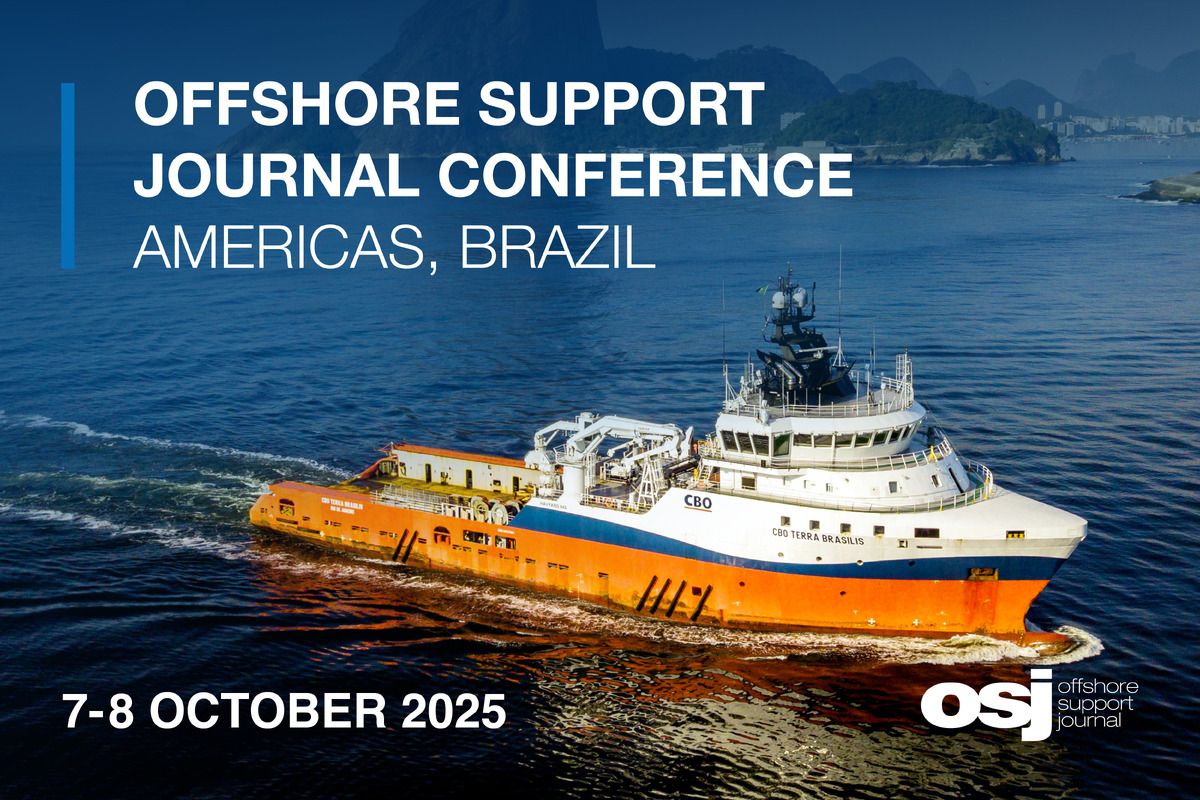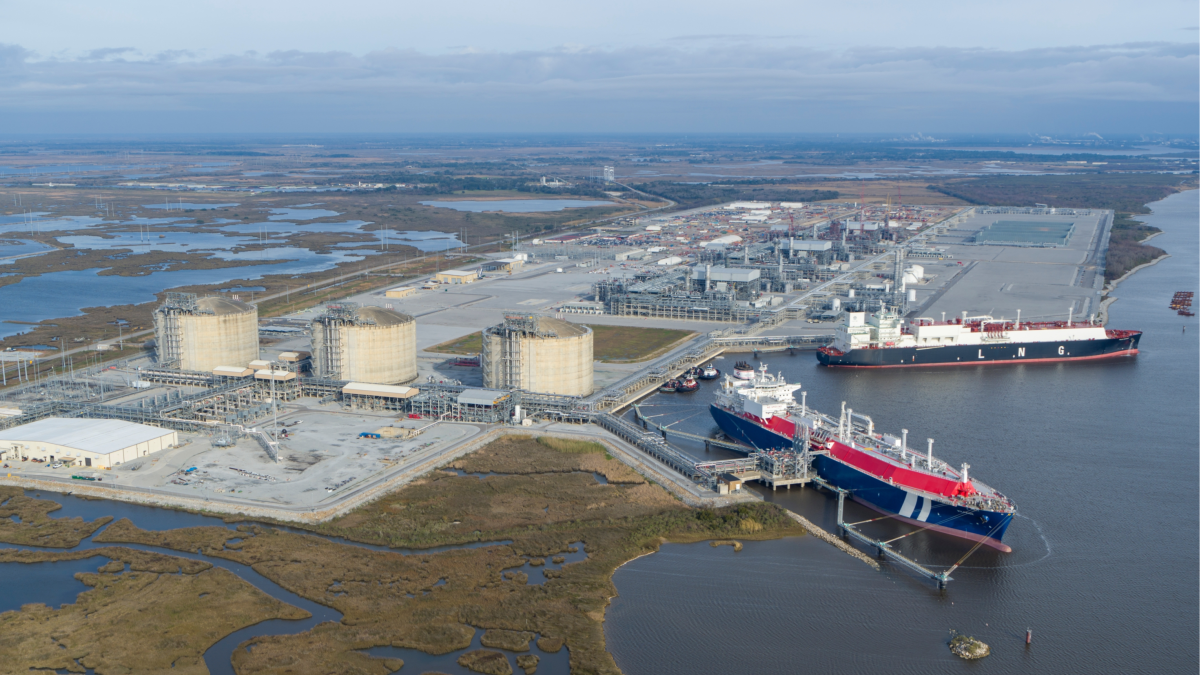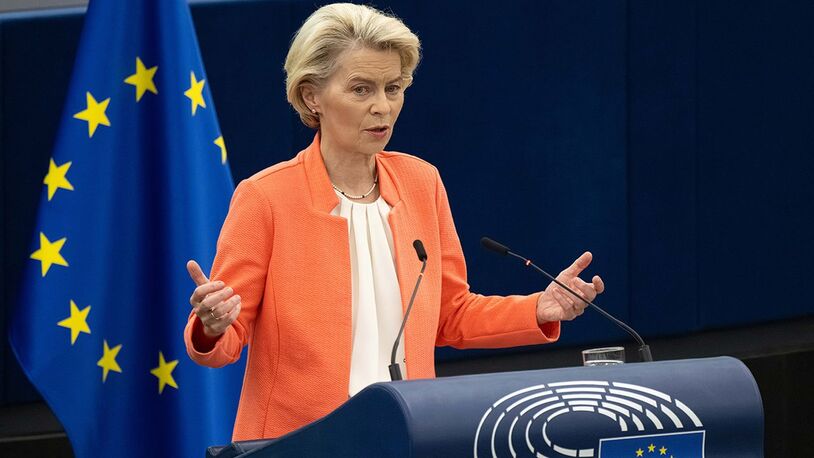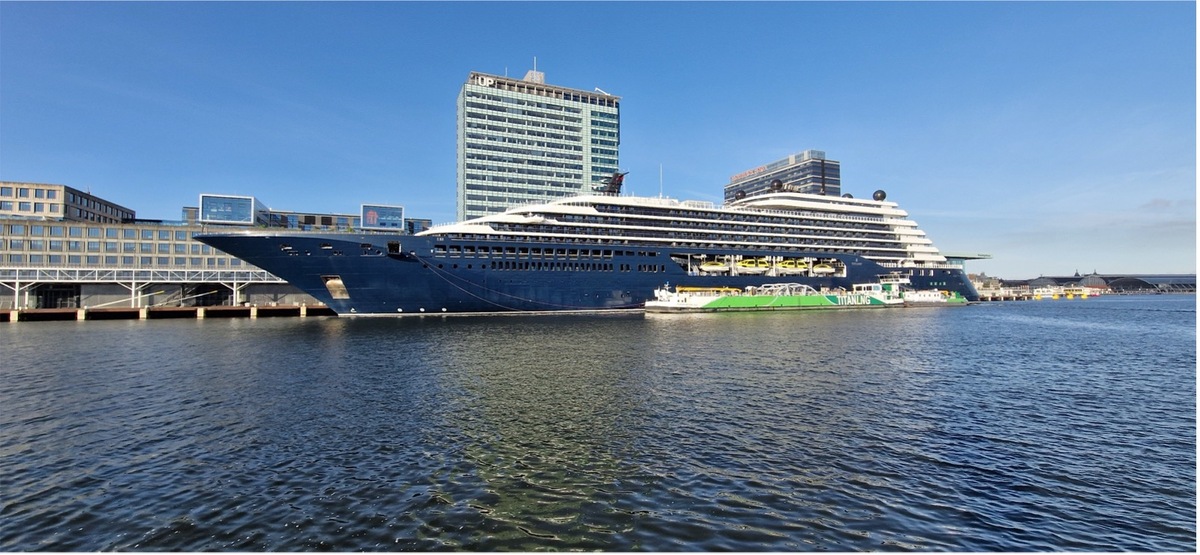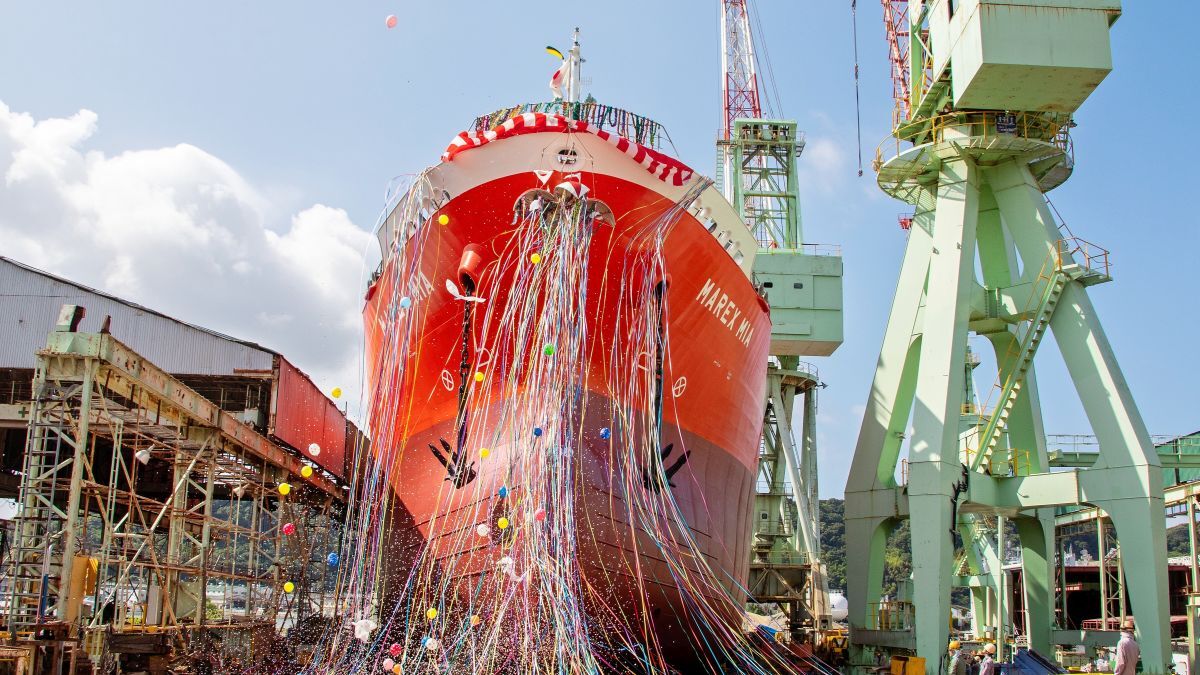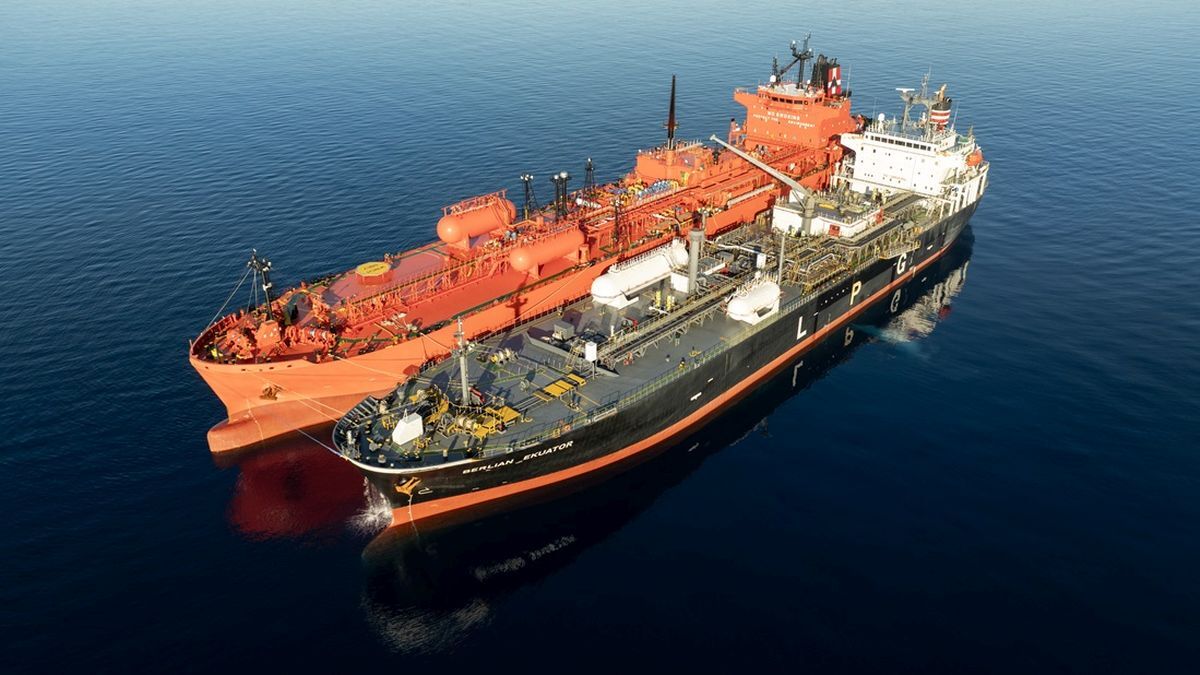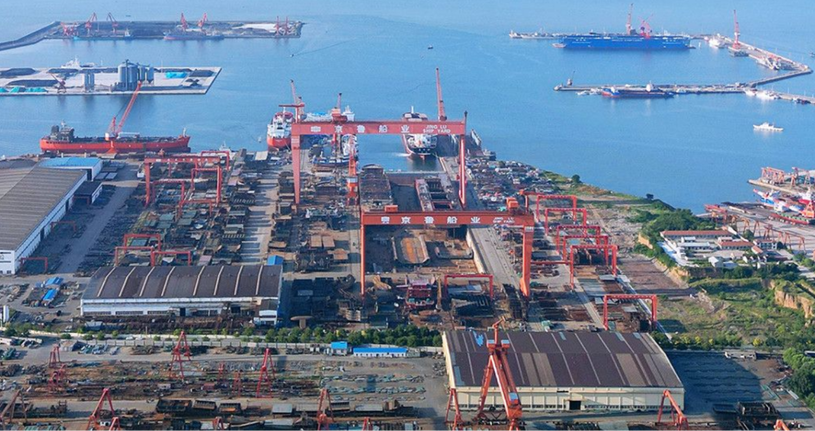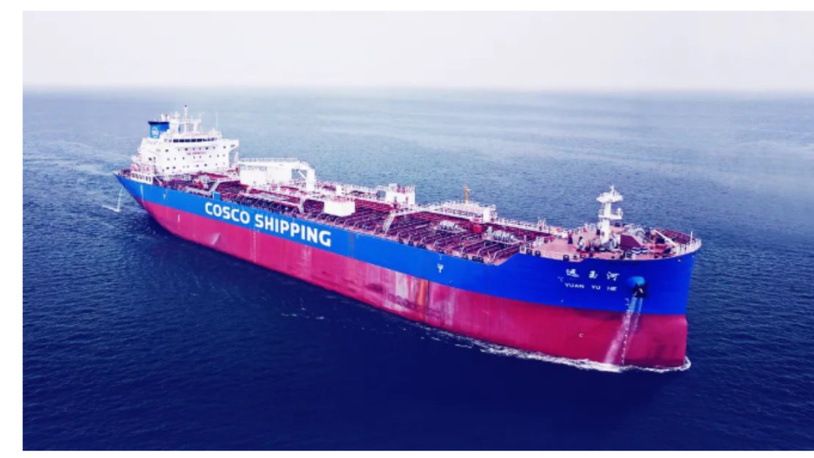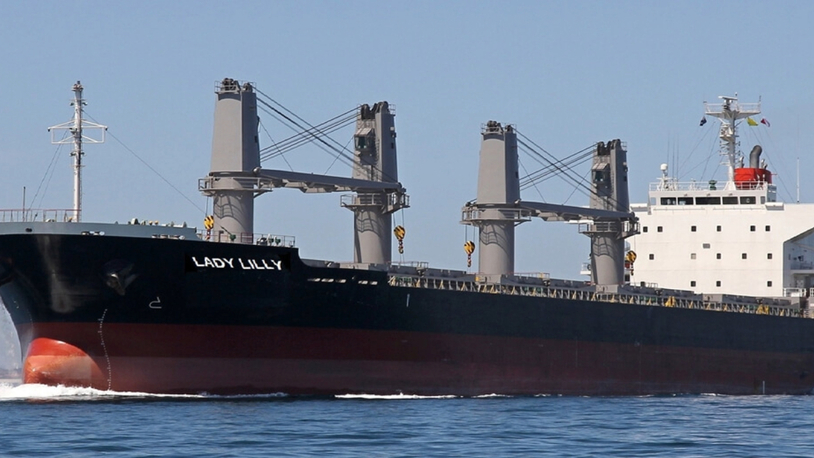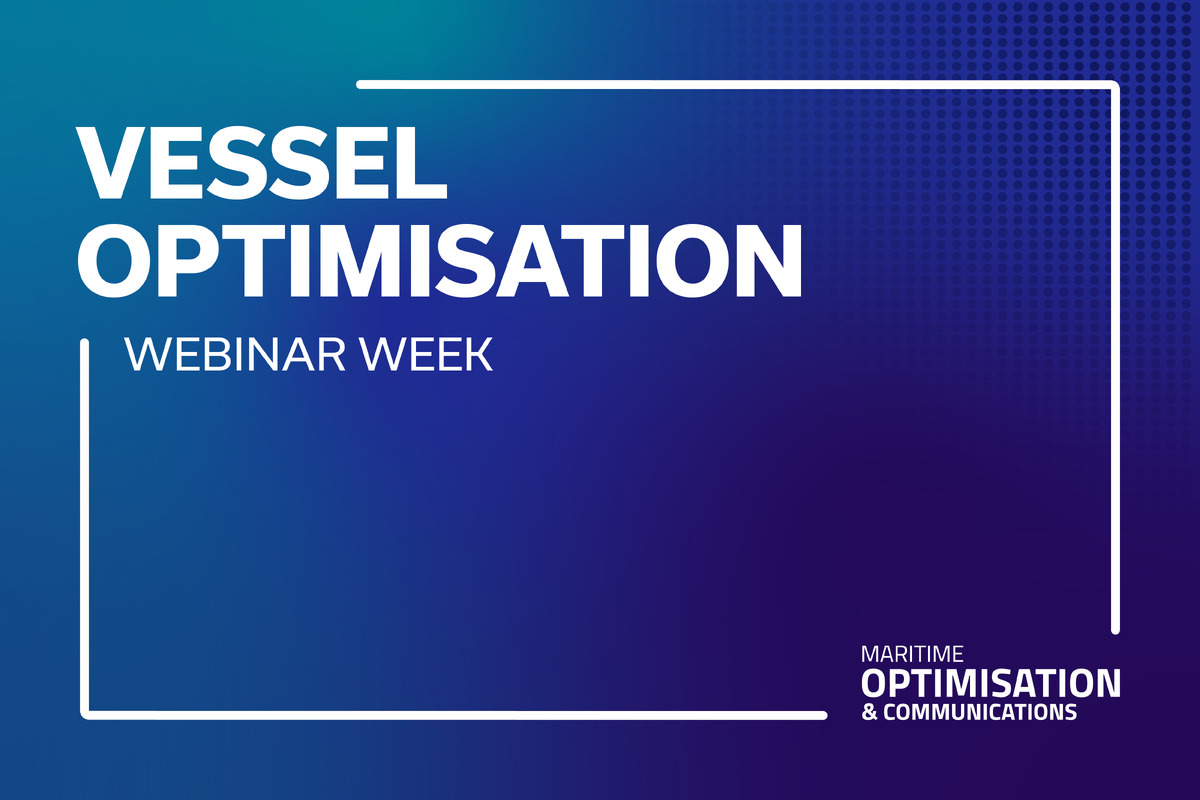Business Sectors
Events
Contents
Register to read more articles.
North American LNG exports set for massive expansion
North America’s LNG export capacity will nearly double by 2028, bolstered by new projects and expansion plans across the US, Canada, and Mexico
The North American liquefied natural gas (LNG) export market has witnessed exponential growth in recent years, solidifying its critical role in global energy supply chains. The US has long been a significant exporter of LNG, with various facilities already operational, while others are under development or planned for expansion. Now, Mexico-based LNG facilities are coming online, and Canada is developing its own.
North America has become a major player in the global LNG market and according to the EIA, North American LNG export capacity is projected to rise from approximately 85 million tonnes per annum (mtpa) to around 181 mtpa by 2028.
Riviera’s own analysis of the current and projected expansions of LNG export facilities suggest a far higher estimate. As at October 2024, the individual LNG facilities across Canada, the US and Mexico had a total nominal capacity of 132.8 mtpa, but few will be running at utilisation levels that would achieve that figure.
Based on information from public sources, including annual reports and project proposals and local submissions, Riviera estimates that there is, in theory, a further 254.8 mtpa under development or proposed.

Analysis of key US LNG facilities
Alaska Gasline LNG
Located in Nikiski, Alaska, the Alaska Gasline LNG project is still in the planning stages, with an anticipated export capacity of 20 mtpa. The project aims to transport natural gas from Alaska’s North Slope to global markets, but it has faced several delays. A FID is expected in 2025, and full operations are projected to begin by 2031. The remoteness and cost of the project presents challenges, and no detailed information regarding the number of escort tugs has been disclosed.
Cheniere Corpus Christi LNG
One of the largest and most prominent LNG export terminals in the US, Cheniere Corpus Christi LNG in Texas has been operational since 2019. With an export capacity of 15 mtpa and an ongoing expansion project (Stage 3), it is expected to add 10 mtpa upon completion. Cheniere’s CEO, Jack Fusco, noted the facility’s critical role in supplying LNG to global markets. The expansion projects are part of Cheniere’s broader strategy to increase US LNG exports and capitalise on growing demand.
“North America has become a major player in the global LNG market”
Sabine Pass LNG
Also operated by Cheniere, the Sabine Pass LNG terminal in Louisiana is one of the largest and most important LNG export facilities in North America, with an operational capacity of 30 mtpa. Sabine Pass recently completed Train 6, and expansion plans under the Sabine Pass Stage 5 Expansion Project will add another 20 mtpa once permitted. This terminal remains a cornerstone of US LNG exports, particularly to Europe and Asia. Cheniere’s leadership recently stated that the facility has "reached a significant milestone" by loading its 3,000th cargo.
Cheniere Marketing, a subsidiary of Cheniere Energy, has announced a long-term LNG sale and purchase agreement (SPA) with Galp Trading, a subsidiary of Galp Energia of Portugal. Under the terms of the agreement, Galp will purchase approximately 0.5M tonnes per annum (mta) of LNG for 20 years. The purchase price is indexed to the Henry Hub price, with a fixed liquefaction fee.
Deliveries are set to commence in the early 2030s, contingent on a positive FID for the second train of Sabine Pass.
Cheniere president and chief executive, Jack Fusco, expressed his enthusiasm, stating: “We are pleased to enter into this long-term agreement with Galp, a leader across Iberia’s energy sector, which reinforces the critical role US natural gas is expected to play in Europe’s energy mix into the second half of this century.”
Commonwealth LNG
The Commonwealth LNG project is another key LNG development in Louisiana. Kimmeridge, the developer, has indicated that the facility will have an export capacity of 9.5 mtpa once operational. A recent agreement with Glencore for 2 mtpa of LNG over a 20-year period has helped bring the FID closer, with first production anticipated by 2028. Commonwealth LNG will use modular construction techniques to ensure cost-effective and timely completion.
Freeport LNG
Freeport LNG, located in Freeport, Texas, is operational with an export capacity of 15 mtpa. Following a temporary closure due to a fire in 2022, the facility resumed full operations in 2023. Further expansion is planned, which would increase the terminal’s capacity to 20 mtpa. Freeport LNG is among the largest export terminals in the U.S., contributing significantly to North America’s LNG export capacity.
Golden Pass LNG
Golden Pass LNG, a joint venture between ExxonMobil and QatarGas, is under construction in Sabine Pass, Texas. With an expected start of operations in 2025, this terminal will add an additional 18.1 mtpa to US export capacity. Golden Pass represents a critical infrastructure project that will enhance US LNG supply, particularly to Asia and Europe. It is one of the largest new LNG export terminals being built in North America.
Magnolia LNG
The Magnolia LNG project, developed by the Glenfarne Group, is located in Lake Charles, Louisiana, and will have an export capacity of 8.8 mtpa. This project is still in development, awaiting financial and regulatory approvals. The terminal is expected to cater to demand in Europe and Asia once it becomes operational.
Mexico
In Mexico, Sempra Energy’s Energia Costa Azul project is progressing, with operations expected to commence by 2025, adding 2.50 mta of export capacity. This will mark Mexico’s first LNG export terminal, providing an important new source of supply for global markets.
New Fortress Energy has received non-free trade agreement approval from the US Department of Energy for its FAST LNG export facility in Altamira, Mexico. However, the approval is only valid until August 2029. The first cargo load and sail operation was achieved in August 2024. The first cargo was loaded onto the gas carrier Energos Princess and delivered to the Pichilingue import terminal in La Paz on Mexico’s Pacific Coast.
Another noteworthy project in Mexico is the planned Saguero LNG facility, developed by Mexico Pacific. The company recently signed a 20-year supply agreement with Posco of Korea for 0.70 mta of LNG.
Additionally, Amigo LNG has signed a Heads of Agreement with OQ Trading of Oman for the supply of LNG from its planned Sonoro facility in Mexico. Although details on capacity and timelines remain limited, the agreement highlights Mexico’s potential to increase its LNG export capacity in the coming years.
Developing Canadian LNG
Canada is also making strides in the LNG export market, with several key projects in the pipeline with a Riviera estimate of 30 mtpa when all the current projects are developed.
Cedar LNG
A joint venture between Delfin Midstream and the Haisla Nation, the Cedar LNG project in British Columbia, Canada, is a floating LNG facility with a planned capacity of 3 mtpa. This project is still in the development phase, with a focus on providing sustainable LNG solutions. The floating technology of Cedar LNG is expected to reduce its environmental impact, which has been a growing concern in Canada’s LNG sector.
LNG Canada
Located in Kitimat, British Columbia, LNG Canada is one of the largest LNG export projects under development in Canada. The facility, led by Shell, will have an export capacity of 14 mtpa upon completion. Shell has announced it has begun introducing gas into the facility, with the first LNG production anticipated by 2025. LNG Canada is positioned to play a critical role in supplying LNG to Asian markets, particularly China and Japan.
Woodfibre LNG
The Woodfibre LNG project in British Columbia is another key development in Canada’s LNG landscape. Expected to be operational by 2027, this facility will have a smaller export capacity of 2.1 mtpa but will focus on using hydroelectric power to reduce its environmental footprint. It reflects a broader trend toward sustainability in Canadian energy infrastructure.
Abandoned and shelved projects
Several ambitious LNG export projects in North America have been shelved or abandoned due to regulatory, financial, and environmental challenges.
The Goldboro LNG project in Nova Scotia, Canada, was intended to have an export capacity of 10 mtpa, primarily to serve European markets. However, due to financial constraints and delays, the project was abandoned by Pieridae Energy in 2023. The company pivoted to focus on natural gas production in Alberta, effectively shelving its East Coast LNG aspirations.
The Énergie Saguenay project in Quebec, Canada, was cancelled in 2021 due to environmental concerns. The proposed facility had an expected capacity of 11 mtpa, but the Quebec government rejected the project, citing the risks of greenhouse gas emissions and potential harm to the local marine environment, including endangered beluga whales.
Riviera’s LNG Shipping & Terminals Conference will be held in London, 12 November 2024. Click here for more information on this industry-leading event.
Related to this Story
Events
Offshore Support Journal Conference, Americas 2025
LNG Shipping & Terminals Conference 2025
Vessel Optimisation Webinar Week
© 2024 Riviera Maritime Media Ltd.
